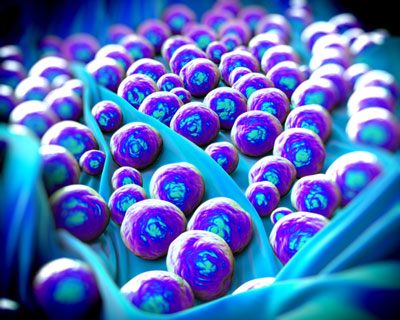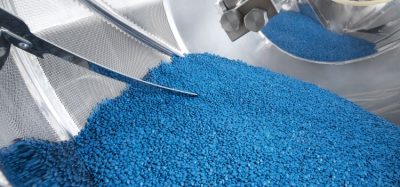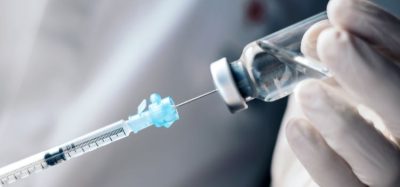Jim O’Neill sets out plan to overhaul the global antibiotics pipeline
Posted: 14 May 2015 |
Jim O’Neill’s Review on Antimicrobial Resistance sets out proposals to overhaul the global antibiotics pipeline over the next ten years…


In a report published today, Jim O’Neill’s Review on Antimicrobial Resistance sets out proposals to overhaul the global antibiotics pipeline over the next ten years.


This is one in a series of reports by the O’Neill Review, before their final recommendations by the summer of 2016.
The report recommends three types of targeted interventions:
- Commit lump-sum payments to successful drug developers to support a viable market for the highest priority antibiotics. A global body would make payments that incentivise the development of the most needed antibiotics to combat rising drug resistance. This approach ‘de-links’ the profitability of a drug from its volume of sales: it reduces the commercial imperative for a drug company to sell new antibiotics in large quantities, which can contribute to the development and spread of drug resistance.
- Jump start a new innovation cycle in antibiotics by getting more money into early stage research. A global antimicrobial resistance (AMR) Innovation Fund of around $2 billion over 5 years would help boost funding for blue-sky research into drugs and diagnostics, and get more good ideas off the ground.
- Catalyse discoveries into new drugs by supporting the antibiotics development process throughout the R&D pipeline. Innovative partnerships at early development stages between academia and industry, public bodies facilitating clinical trials, or lowering financial and regulatory barriers to successful drug development could all play a role to catalyse antibiotic discovery.
Antibiotic resistance costs USD $20b to the US alone every year
The O’Neill Review on Antimicrobial Resistance estimates that possibly as little as $16 billion, and no more than $37 billion over ten years could achieve a substantially revitalised pipeline of four major new breakthrough antibiotics (and a number of important ‘follow-on’ products). This amounts to a one-off cost increase to the global market for antibiotics (currently worth about $40 billion annually) of less than 10%, with the cost spread over a decade. These sums pale in comparison with the cost of AMR: according to the US Centre for Disease Control, antibiotic resistance costs $20 billion to the United States alone every year in excess healthcare costs.
Jim O’Neill and his team will spend the coming 12 months engaging with governments, NGOs and pharmaceutical companies globally to discuss and develop these proposals further, with input from an international advisory group. They will present a more detailed package of actions by the Summer of 2016.
Decisive action is needed to change the way that antibiotics are used and misused
While action to stimulate the development of new antibiotics will be a decisive step forward in the global battle against AMR, the report is clear that this represents just a single part of the solution to the diverse challenges of increasing drug resistance. Decisive action is also needed to change the way that antibiotics are used and misused in humans, animals and the wider environment. The Review will publish further papers over the course of 2015 looking at critical issues that contribute to this, including the use of antibiotics in agriculture, the potential for new diagnostic technologies to improve the way that doctors prescribe, and the scope for replacing some of our antibiotics usage with alternative ways to fight infections, such as vaccines or new therapeutic approaches.
Jim O’Neill, Chairman of the Review on AMR, said: “No new classes of antibiotics have been created for decades and our current drugs are becoming less effective as resistance increases.
“We need to kick-start drug development to make sure the world has the drugs it needs, to treat infections and to enable modern medicine and surgery to continue as we know it. My Review on AMR has today published clear proposals to supercharge antibiotics discovery, potentially saving millions of lives for a fraction of the 100 trillion USD cost of inaction”
The Report, Securing new drugs for future generations: the pipeline of antibiotics, is published on the Review’s website at www.amr-review.org.






